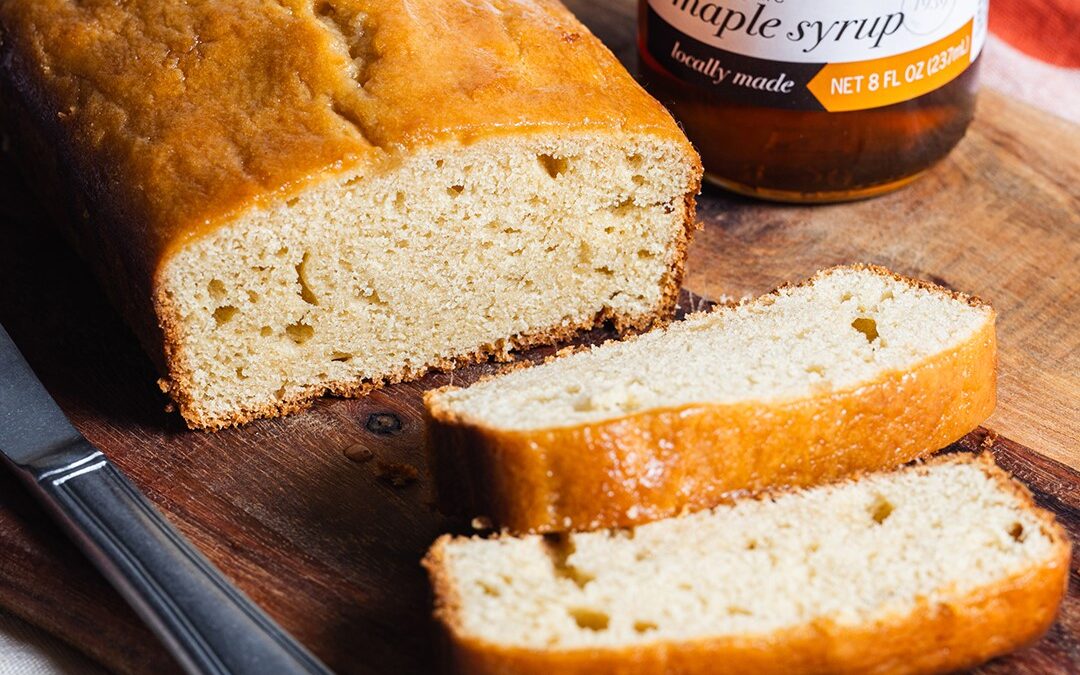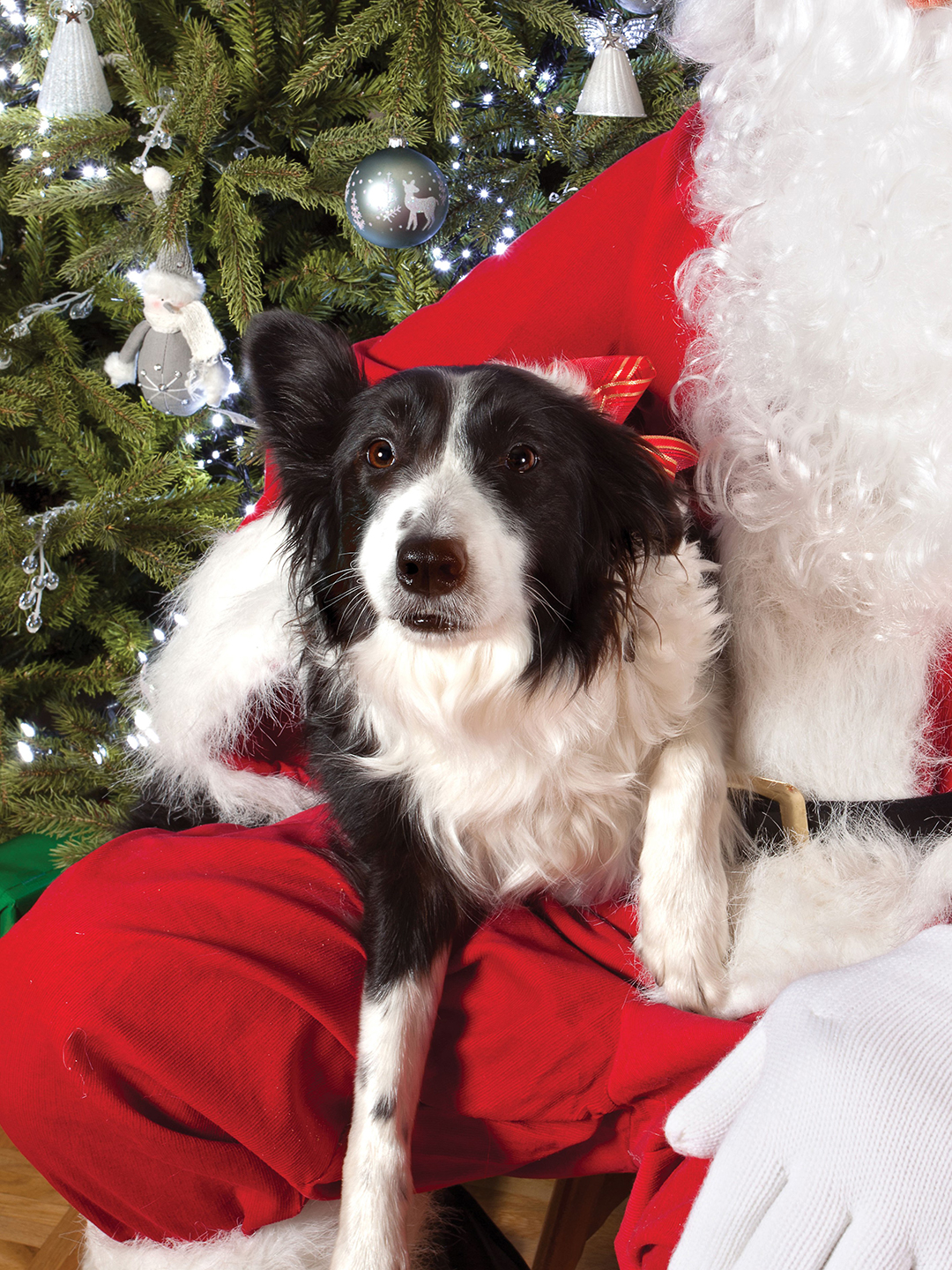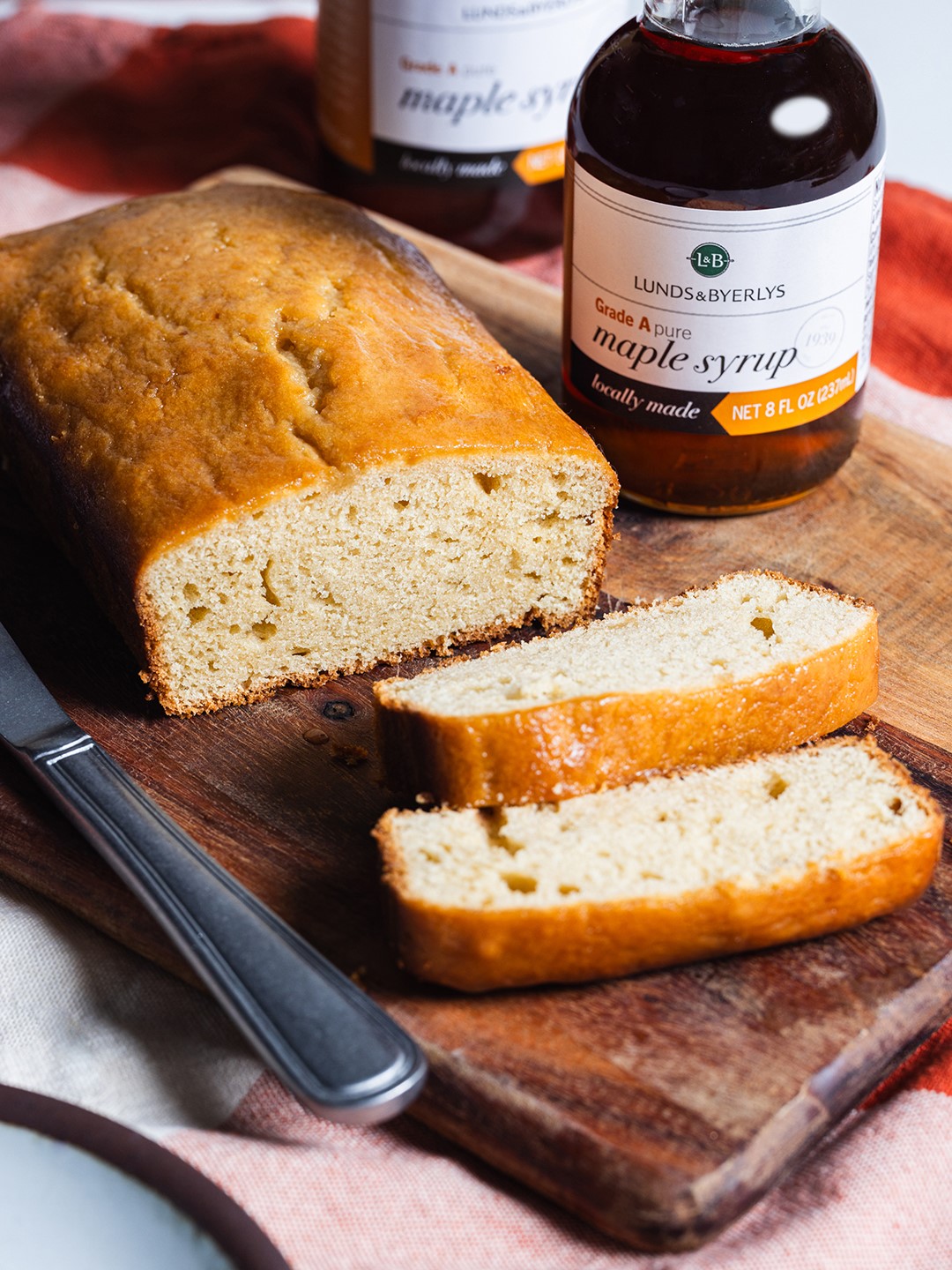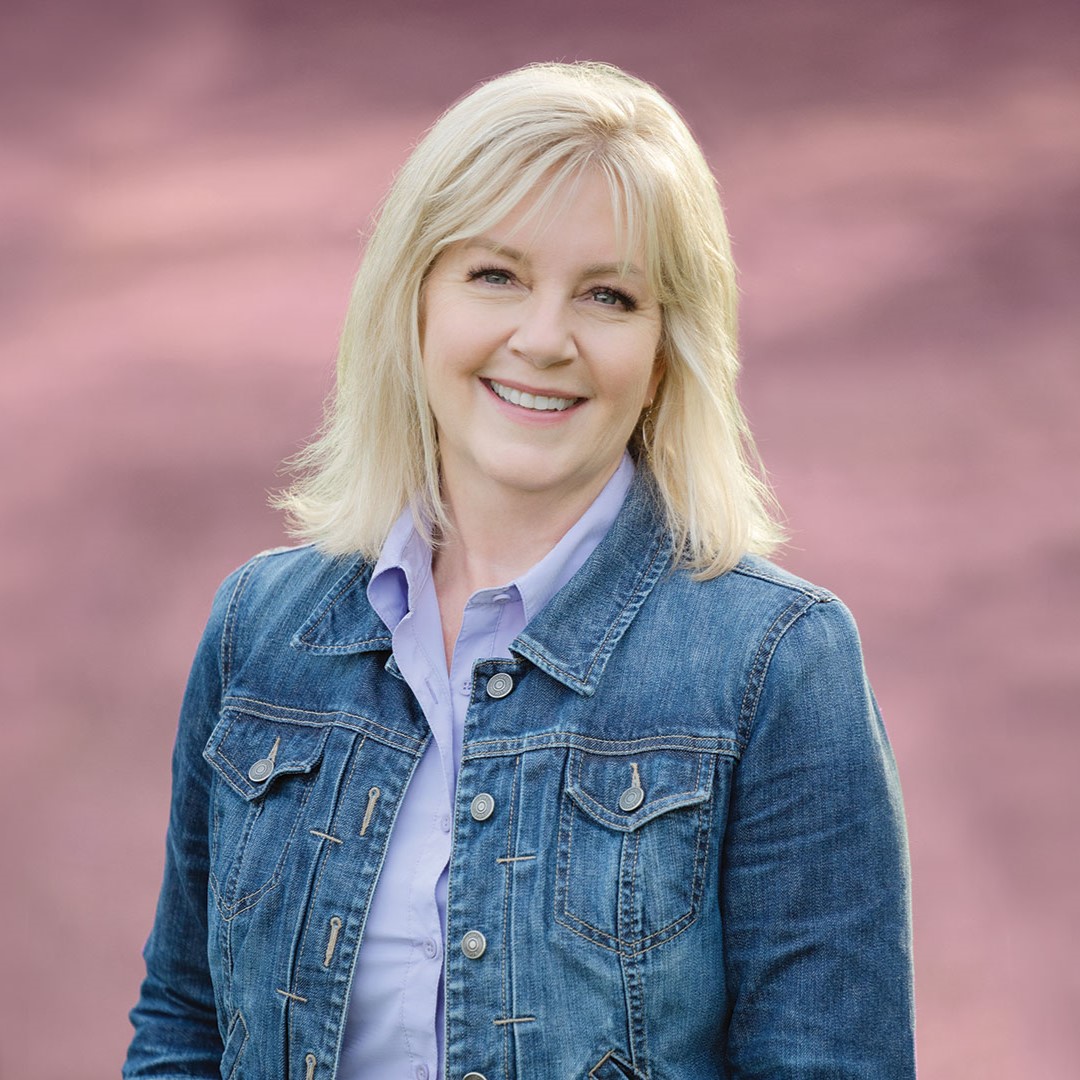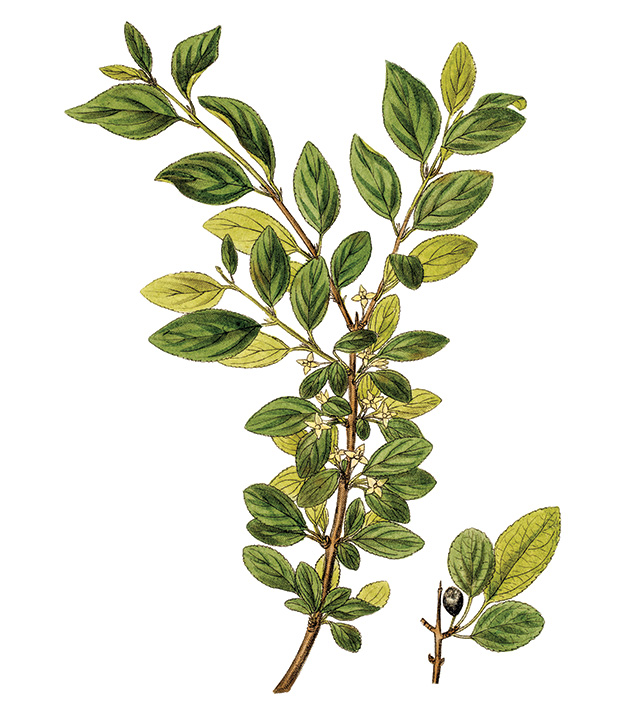
iStock/mashuk
Woodbury gardeners tackle the invasive weed.
When Woodbury resident Danae Bruning became concerned about the invasive buckthorn growing in her yard, she began asking around for more information. The plant seemed to be everywhere, in her backyard and throughout the neighborhood, and she wasn’t quite sure how to get rid of it.
That’s when she met Anna Barker, a volunteer master gardener tasked with educating the public about gardening best practices. Not long after they met, Bruning invited Barker to speak at a neighborhood meeting to talk about the invasive species taking over local yards (and yards around the region).
“I knew it would be a captive audience,” Bruning says. “I wanted to spread the word and network the networks in my neighborhood.”
Bruning and some of her neighbors have begun the long process of tackling the weed, which can take years to eradicate.
Buckthorn, classified as a restricted noxious weed by the Minnesota Department of Natural Resources, was originally brought to the region for landscaping purposes in the 1800s. While it might look pretty, it disrupts Minnesota’s native species by competing with other plants for nutrients and light, and forming a dense layer of vegetation that blocks other plants from growing. It also spreads quickly, making it difficult to control.
Depending on the size, it’s not always easy to remove, either.
“For the really small plants, you can just pull them out,” Barker says. “But for the bigger ones, the ones that have strong roots, that’s a different story.”
First, Barker recommends taking a saw to the trunk of the bush. Then, you have to kill the roots. The most effective treatment is to apply an herbicide, such as triclopyr, to the stump. If you’d prefer to not use chemicals, the DNR recommends covering the stump with a tin can or black plastic bag to prevent re-sprouting. It’s helpful to do this in late summer through fall.
As Bruning began to treat her own yard, she found another invasive species: garlic mustard.
“It’s not just buckthorn,” Bruning says. “It’s just one of many invasives that grow together. Once you get rid of buckthorn, you pave the way for others.”

Photo: Marissa Martinson
The process of removal should also include “planning what to do when buckthorn and other invasives are gone,” Barker says. “I always say, out with the old, in with the new. Out with the invasives, in with the natives.”
Fortunately, there are many alternative native species to plant once the invasives are gone, including high-bush cranberry, Pagoda dogwood and American hazelnut (check the DNR’s website for a list of good alternatives).
It’s most effective to treat buckthorn in the late summer and into winter, and to plant new species soon after. The DNR warns that treating buckthorn in the spring and early summer will be less effective.
It can take several years of follow-up treatment to permanently eradicate buckthorn from an area. In fact, according to the DNR, buckthorn seeds can remain viable for up to five years in the soil. “But don’t get overwhelmed,” Bruning says. “Anything you do is better than nothing, and small victories are okay.”
Buckthorn, garlic mustard and other invasive species are prevalent throughout Minnesota’s yards, neighborhoods and parks, and it’s important for everyone to get involved, Bruning urges.
“It’s not going to go away on its own,” she says. “It will just get worse. As long as I can do something, I feel good. If I can walk away from a park knowing I did something, I feel good.”
For more information on buckthorn, removal tips and alternative plant options, visit dnr.state.mn.us.


